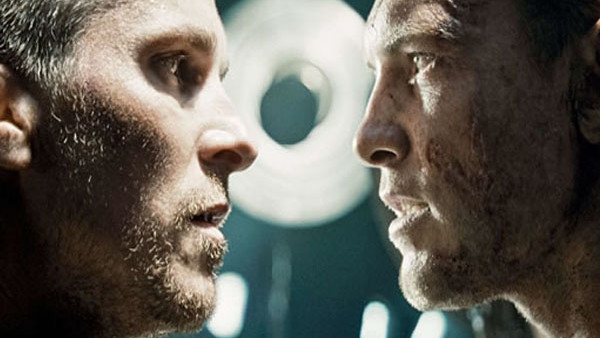10 Reasons You’re Wrong About Terminator Salvation
Why McG's maligned sequel deserves another look.

When The Terminator was tested in a California shopping mall in 1984, it caused a riot. 25 years later, Terminator Salvation opened to mixed reviews and, critically for a $200 million blockbuster, it failed to take the top spot from the current box office champion, A Night At The Museum: Battle of the Smithsonian.
Not only was it the first Terminator not to open at #1, but with a paltry domestic haul of $125 million, Salvation was the lowest grossing sequel in the franchise. Worldwide, it made $371 million, less than double its production budget and considerably less than either Judgment Day ($519 million) or Rise Of The Machines ($433 million).
Fans demanded to know what had 'gone wrong'. Where, they wondered, were all the signature elements: the time travel paradoxes, the single, indestructible villain and Arnold Schwarzeneggers T-800 character? Why were the tone and the look so different? Why was it rated PG-13?
Blame inevitably was directed at both the star and the director. Christian Bale had been given too much creative control, hed changed the scripts focus and muddied an already overstuffed narrative, while music video director McG simply wasnt the right person to step into James Camerons shoes.
Now that the dust has settled, and Terminator Genisys turned out to be even worse, its time to re-evaluate Salvation on its own terms.